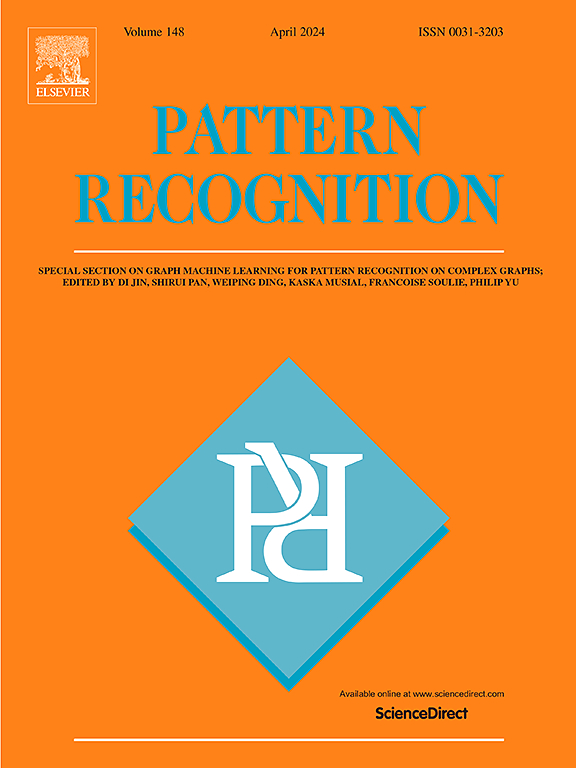An efficient approach for finger vein verification to solving the biometric recognition technique
IF 7.5
1区 计算机科学
Q1 COMPUTER SCIENCE, ARTIFICIAL INTELLIGENCE
引用次数: 0
Abstract
Vein authentication is a novel biometric method to authenticate a person's individuality. The conventional biometric technique employs shape images and exact segments of finger veins for the verification process. The proposed deep belief structure model aims to improve verification accuracy using a novel Anisotropic Filtered Stromberg Feature Transform based on Tucker's Congruence Deep Belief Structure Learning (AFSFT-TCDBSL) technique. The main aim of the AFSFT-TCDBSL technique is to improve verification accuracy and minimize time consumption. The proposed AFSFT-TCDBSL technique comprises one input layer, three hidden layers, and one output layer. The numbers of images are collected in the input layer, and the input images are pre-processed using anisotropic diffusion filtering in the first hidden layer. Then the pre-processed input images are sent to the next layer, where the feature extraction process is carried out using the Stromberg wavelet transform. Finally, the verification process is performed using Tucker's congruence correlation coefficient. Based on the correlation, the verification results are obtained at the output layer. In this way, accurate finger vein verification is performed with superior accuracy and with a minimum false rate. We performed experimental assessments with different factors, such as the Peak Signal-to-Noise Ratio (PSNR), Finger Vein Verification Accuracy (FVVA), False Positive Rate (FPR), Processing Time (PT), and Feature Extraction Time (FET). The results of the proposed ADFSFT-TCDBSL technique were conducted on 9% of improved peak signal-to-noise ratio and accuracy with a minimum 59% false positive rate and 16% time as well as 19% feature extraction time than the state-of-the-art FVV methods; therefore, it better facilitates the application of real-time finger vein verification.
求助全文
约1分钟内获得全文
求助全文
来源期刊

Pattern Recognition
工程技术-工程:电子与电气
CiteScore
14.40
自引率
16.20%
发文量
683
审稿时长
5.6 months
期刊介绍:
The field of Pattern Recognition is both mature and rapidly evolving, playing a crucial role in various related fields such as computer vision, image processing, text analysis, and neural networks. It closely intersects with machine learning and is being applied in emerging areas like biometrics, bioinformatics, multimedia data analysis, and data science. The journal Pattern Recognition, established half a century ago during the early days of computer science, has since grown significantly in scope and influence.
 求助内容:
求助内容: 应助结果提醒方式:
应助结果提醒方式:


